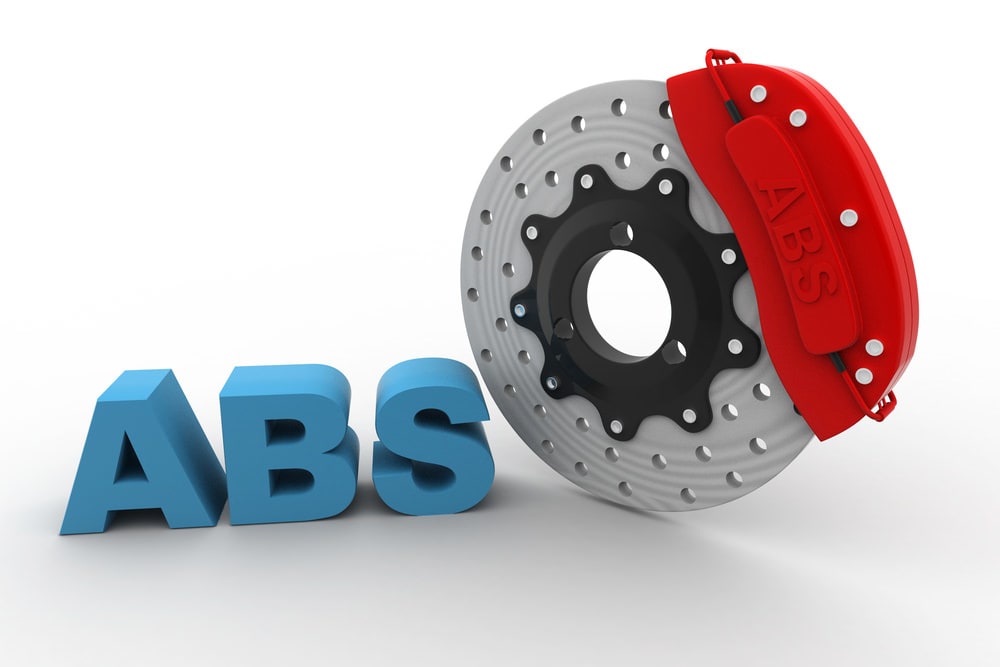

An anti-lock brake system (ABS) is a braking system that is made to allow a vehicle to maintain traction with the road when braking. Braking is controlled by driver input via the brake pedal, and older braking systems response to a driver braking suddenly or with intense pressure was sometimes to lock up or skid. The ABS is meant to prevent the wheels from locking up or from unnecessary skidding while braking. The automated system uses the principles of both cadence and threshold braking, which were previously practiced by skilled drivers with early generation braking systems. Modern ABS accomplishes these principles with better control and much faster than a driver could.
Today's anti-lock braking system gives the driver better vehicle control and reduces stopping distances on slippery and dry surfaces. However, on loose gravel and snow, anti-lock brakes can increase stopping distance, though the improved vehicle control remains the same.
Components of the ABS
Speed sensors: Speed sensors are also called wheel sensors or wheel speed sensors. This part uses a magnet and a wire to generate a signal that is sent to the sensor.
Valves: Each brake controlled by the ABS has a brake line and a valve. The valve has three positions, controlling the amount of pressure exerted on each brake, to minimize wheel lock or skidding.
Pump: This piece of the system is used to restore pressure to the brakes after the valve has released the pressure. As the pressure applied by the driver decreases, the pump will help to equalize the pressure in the brake lines.
Controller: An Electronic Control Unit (ECU) receives the information from the wheel speed sensor and uses that information to perform the task of applying the brakes with the proper amount of pressure needed.
These pieces work together to keep proper pressure in the brake lines to help stop a vehicle from skidding or experiencing wheel lock when trying to stop suddenly or in bad weather.



